If you grow cannabis, you’ve probably heard the term “PPM.” This abbreviation stands for “parts per million,” and it is a unit of measurement that describes the amount of total dissolved solids (TDS) in a solution.
When growing cannabis, you can use PPM measurements to make sure your plants are getting the perfect amount of nutrients. If that sounds technical, don’t worry – it’s pretty simple, and you’ll learn all the most important information in this article.
Learn to Grow Better Weed
Download our free guide to growing amazing cannabis at home.
Click Here For More Info
What is TDS/PPM?
Dictionary definitions are helpful to a point, but some clarification on PPM and TDS could be useful. 1ppm is equal to 1mg of dissolvable material per liter of water – a tiny, tiny unit of measurement. For reference, most tap water contains somewhere in the range of 10-200ppm, with unfiltered well water sometimes containing up to around 400ppm.
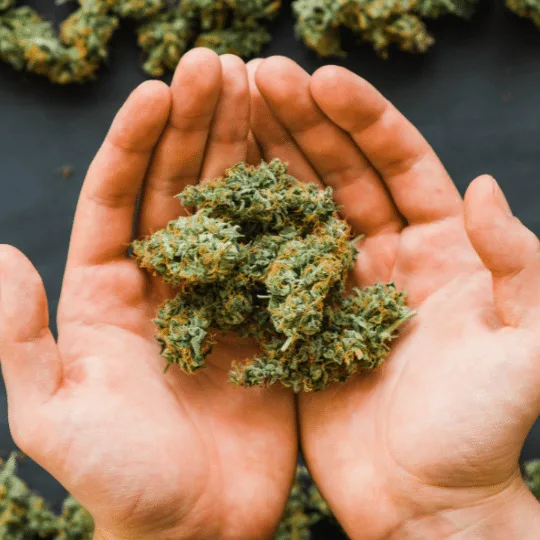
Again, PPM is the unit of measurement. What you’ll actually be measuring is the amount of total dissolved solids in your nutrient solution, which is found by testing the electrical conductivity of the liquid. A solution with more minerals in it conducts more electricity.
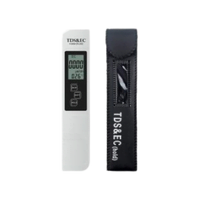
What EC and TDS Level is Good for Cannabis?
Cannabis plants’ nutrient needs vary over the course of their lives:
- Seedlings don’t need any nutrients; just pure water.
- During the first half of the vegging cycle, they’ll want water with a ppm of 350-700 (EC 0.7 – 1.4).
- During the second half of the vegging cycle, aim for 700-1000ppm (EC 1.4 – 2.0).
- During the first half of flowering, increase to 1000-1250ppm (EC 2.0 – 2.5).
Finally, during the end of the flowering stage, reduce to 0-600ppm as you flush your plants in preparation for harvest.
The Importance of Measuring EC/TDS/PPM for Growing Cannabis
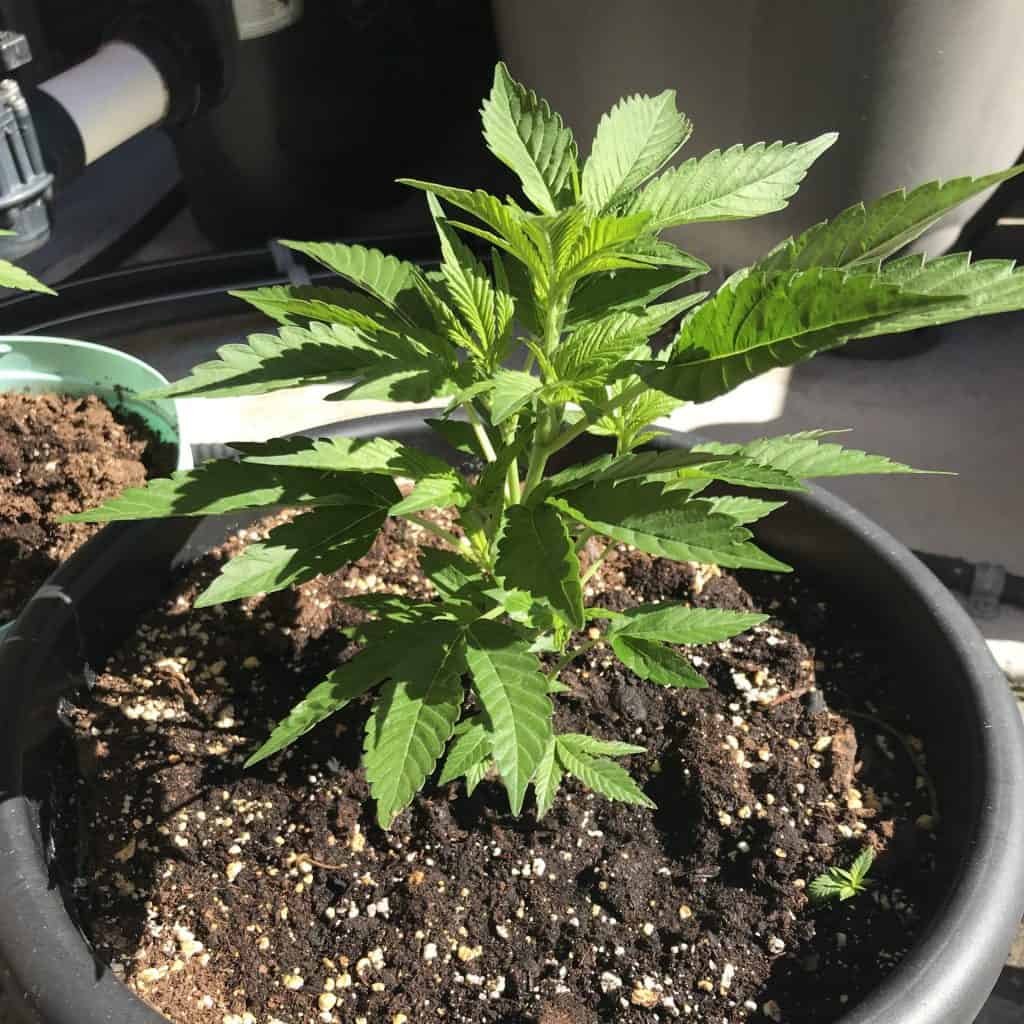
Since plants are immobile, they can’t gain nutrients by eating and have to rely on osmosis instead. Plants’ roots have semi-permeable membranes that allow nutrient-rich water to flow in up through the stalk to hydrate and nourish the leaves and flowers.
Unfortunately, plants excrete waste salts into the same soil, relying on fresh water to dilute them to a healthy level.
To make sure you’re keeping your plants healthy, you’ll want to measure the PPM of all the water you give your plants, as well as the PPM reading of your plants’ runoff water. This information will allow you to correct your nutrient levels and avoid over- or under-nourishing your cannabis.
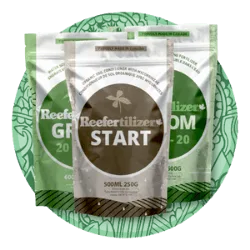
How and When to Measure TDS and PPM
When you get ready to water your plants, always start by mixing in the nutrients and then adjusting the pH if necessary. After that’s been done, check the solution’s ppm. You should do this every time you water your plants, and record the data somewhere for reference.
You only need to check the PPM of your runoff once a month but some like to do it more often.
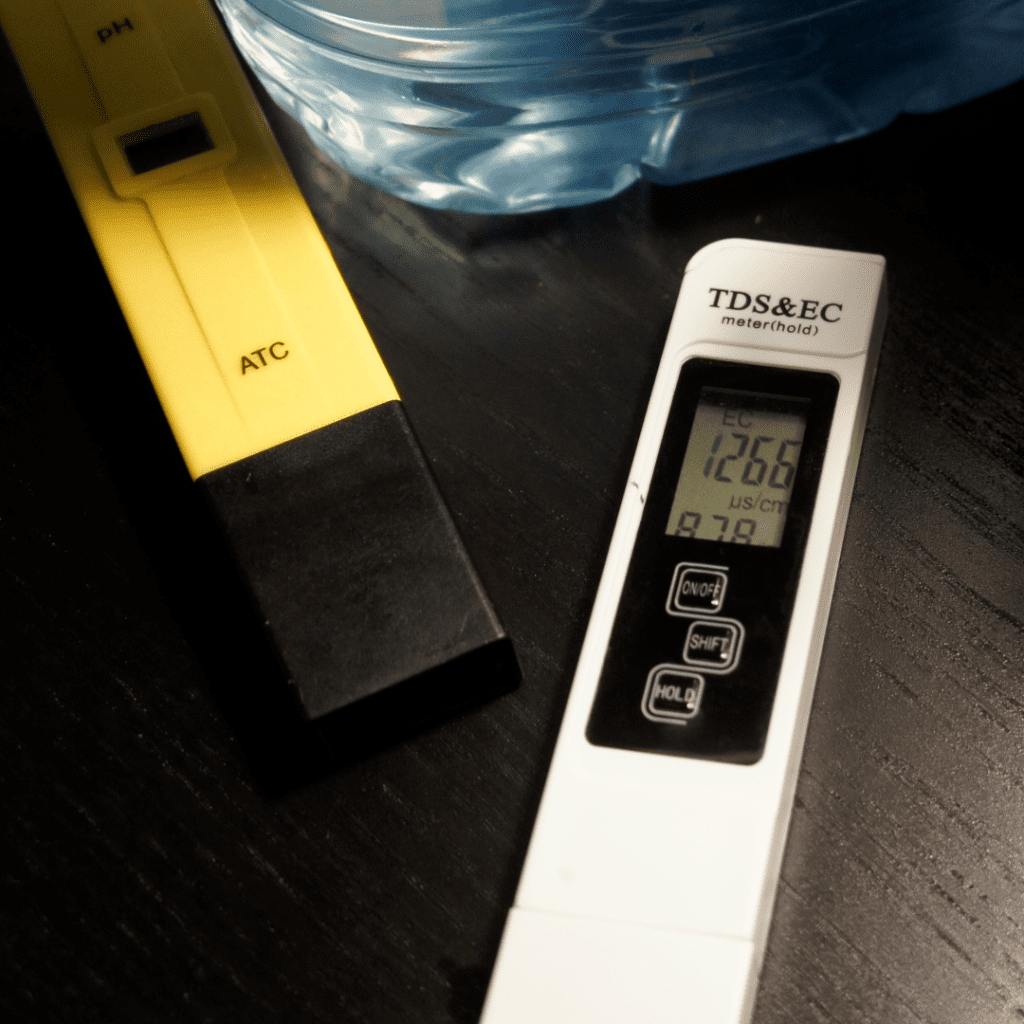
Don’t muddy up your measurements
The PPM measurement of soil runoff will be much higher than in coco. Because soil is made up of many different elements they will add to the total measurement. This doesn’t mean the soil is over-fertilized.
When measuring soil runoff PPM you’re looking for trends and not the exact amount of nutrients in the soil. Big changes in the data are what you need to worry about.
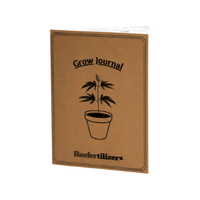
Interpreting Your TDS Readings
Once you have the data, you’ll be able to look back over the numbers and determine whether you need to take any steps to rebalance the amount of nutrients in the soil.
- The runoff water’s PPM reading should always be lower than the fresh water’s reading. That indicates that your plants are soaking up the nutrients. However, if the runoff water’s PPM is really low, that means your plants probably need more nutrients than you are giving them.
- If the PPM reading is the same between the nutrient water and runoff water, it’s a sign that your cannabis isn’t taking in nutrients efficiently. This is sometimes caused by abrupt changes to pH.
- If the runoff water has a higher PPM than the nutrient water, that means that there is probably a buildup of salts around your plant’s roots. To fix this, you can run a high volume of water through the soil in a short amount of time to dissolve the salts and carry them away. This is called “leaching” or “flushing,” and we recommend that you use twice as much water as the volume of the container your cannabis is in.
Why is it Important to Know the PPM of Your Tap Water?
Not all water is just “water.” Remember, when we talk about ppm we’re talking about an extremely small unit of measurement. Depending on your source, you may need to treat your water before feeding your plants with it, or you may need to change the type of nutrients you’re adding. Before adding anything, your tap water should definitely be below 200 at the very most.
If your tap water’s ppm is too high, you can lower it significantly with carbon filtering, distillation, or reverse osmosis. If that doesn’t work, another option is to switch to a less potent nutrient mix that is designed to be used in hard water.
Are You Having Problems With Your Water Source?
Try One Of These Home Water Filters.
How to Calibrate and Use a TDS Meter
A TDS meter like this one is the simplest way to check your nutrient solution’s PPM. More accurately, it’s a TDS/EC (electrical conductivity) meter. This device measures the electrical conductivity of a liquid in ?S/cm² (microsiemens per centimeter squared) and then multiples that value by a factor of 0.5 to convert the number into PPM. Some meters use a factor of 0.6 or 0.7 to calculate PPM instead, so it’s best to find a meter that is intended to measure bother EC and PPM.
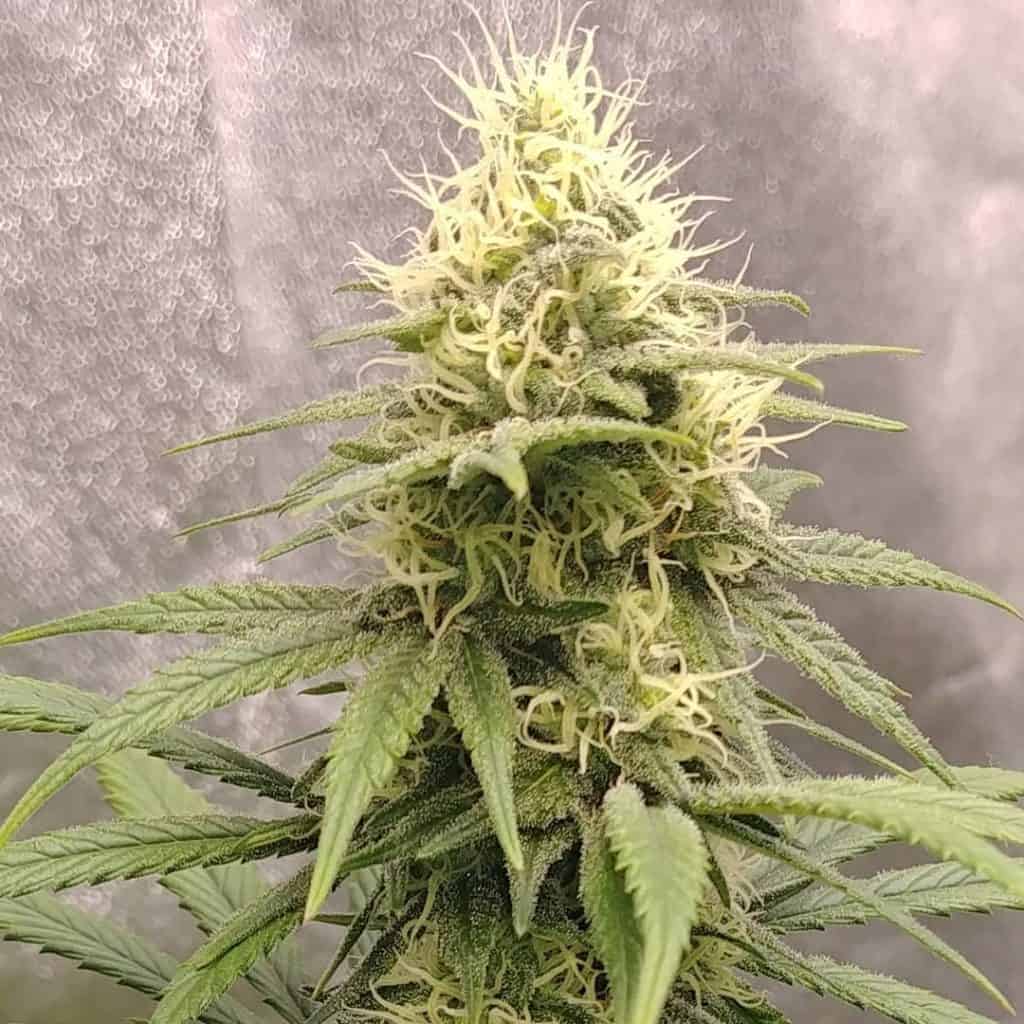
A device like this will allow you to get an accurate PPM measurement quickly and easily – as long as it is correctly calibrated. Most of the time, they’ll be calibrated fairly well out of the box, but it’s best to double-check. All you’ll need is some calibration solution. Check your meter’s instructions for how to manually make necessary adjustments.
Once the TDS meter is calibrated, turn it on and wait for it to read zero, then insert the tip into the tap water or nutrient water you want to test. Then just wait to see what the reading is. Simple as that!
EC to ppm Conversion Chart
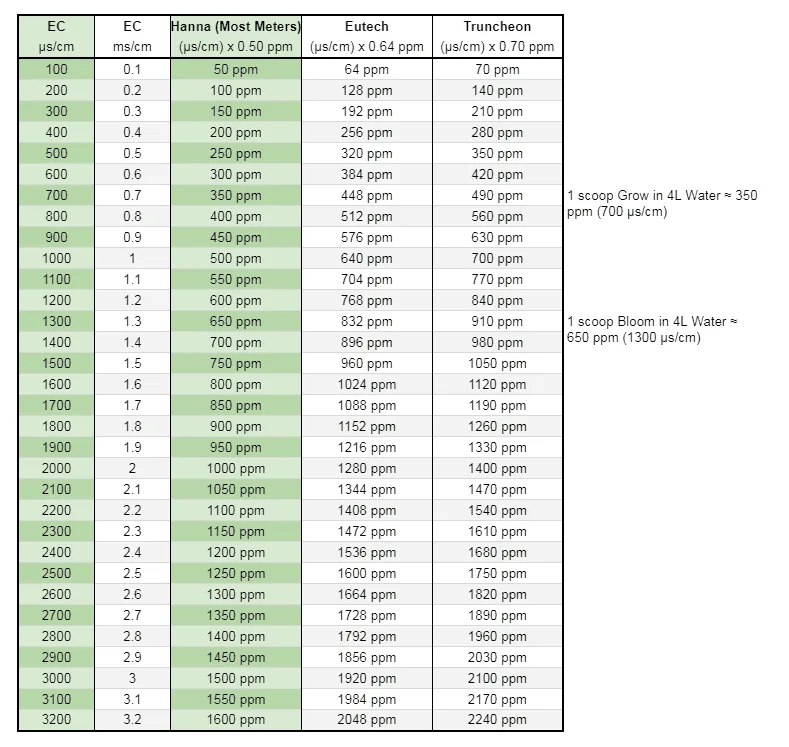
If you want to learn even more about growing good cannabis, we offer a free 40+ page guide full of images.
Now available on Amazon.
Sign up for our newsletter and download the digital copy today!
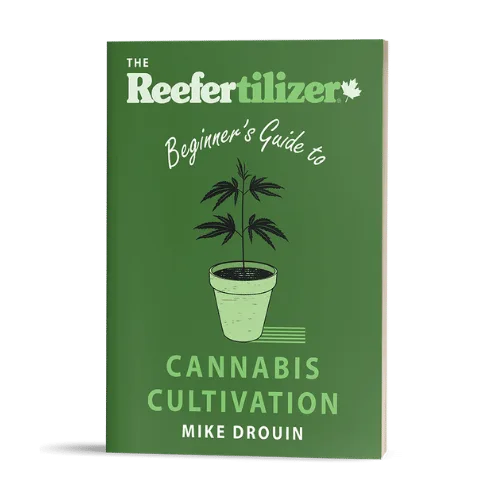
This guide will answer many questions about growing cannabis, like the following...
Selecting Seeds
Identify and Correct Problems
Maximize Yield
Much More...
Get a Chance to INSTANTLY WIN a Reefertilizer Nutrient Kit When You Sign Up.
Elijah Petty is a writer in the cannabis industry. He aims to use his platform to help educate people about cannabis and dispel some of the myths and misinformation that surround the plant.

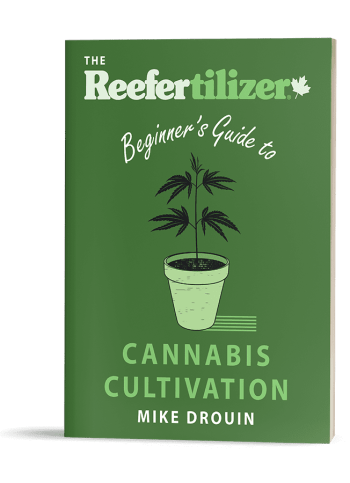
Comments are closed.